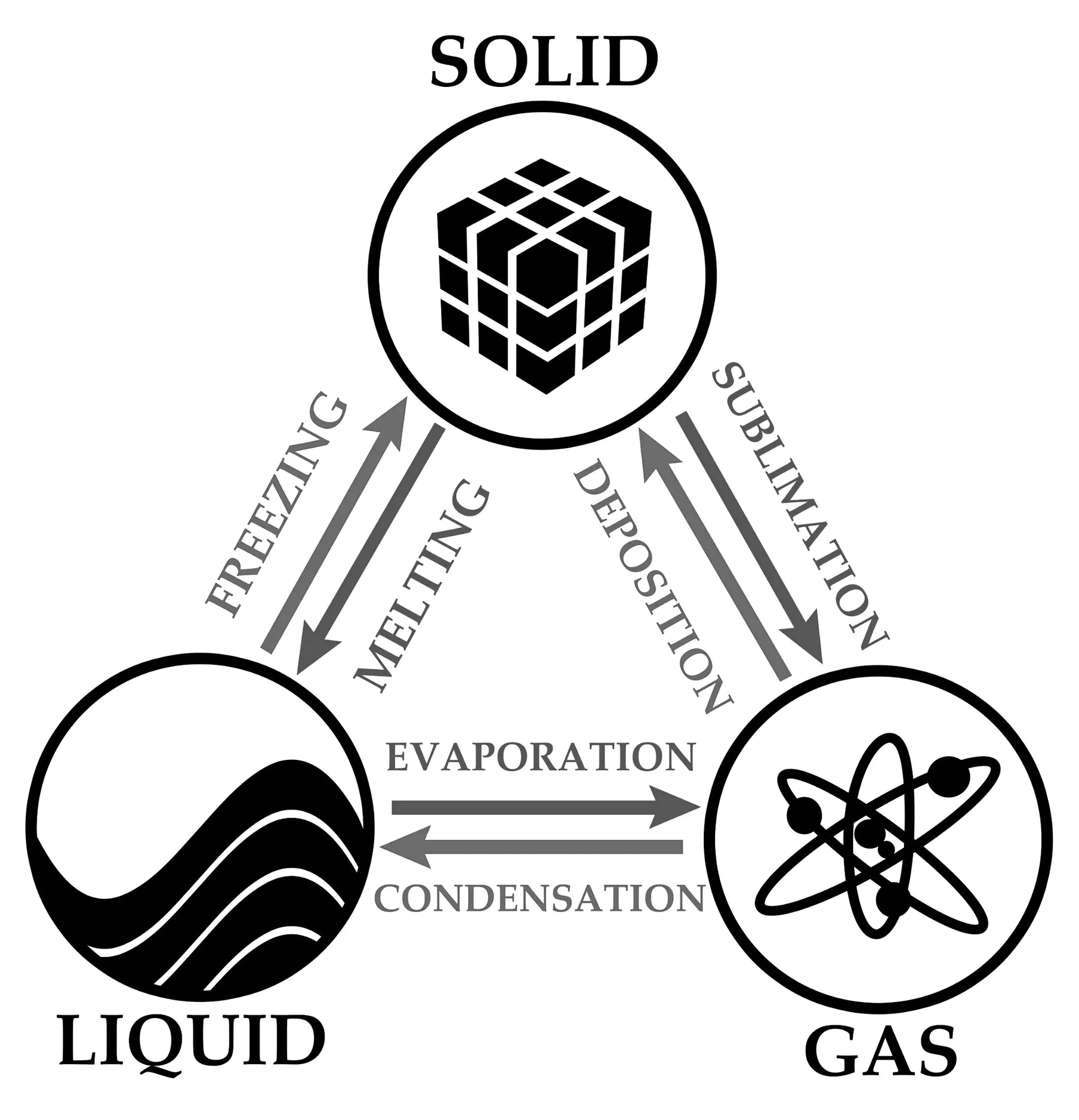
Freeze-Drying 101
Freeze-drying, also known as lyophilisation, is a technique that removes water from a substance to preserve it for an extended period. This method is commonly used in the food, pharmaceutical, and research industries, among others. In this blog post, we will dive deeper into the freeze-drying process, its applications, and its benefits.
The Freeze-Drying Process
The freeze-drying process involves three stages: freezing, primary drying, and secondary drying. Let's take a closer look at each stage:
Freezing:
The first step of the freeze-drying process is to freeze the substance to be preserved. This is typically done in a special freezer that can reach temperatures as low as -50°C. Freezing the substance solidifies the water content and prepares it for the next stage.
Primary Drying:
Once the substance is frozen, it is placed into a vacuum chamber. The chamber is then gradually heated, causing the ice to undergo sublimation, or transform directly from a solid to a gas. This stage can take several hours to complete.
Secondary Drying:
After the primary drying stage is complete, the remaining water molecules are removed through a process called desorption. The temperature and pressure in the vacuum chamber are increased to speed up the process. The length of the secondary drying stage depends on the substance being freeze-dried and can take several days to complete.
Applications of Freeze-Drying
Freeze-drying is commonly used in various industries, including:
Food Preservation:
Freeze-drying is an excellent method for preserving food, as it can maintain the flavour, aroma, and nutritional value of the food for an extended period of time. Freeze-dried food is commonly used in the military, camping, and emergency situations.
Pharmaceutical Manufacturing:
Many drugs are sensitive to heat and moisture, making freeze-drying an ideal method for manufacturing and storing them. Freeze-drying can also increase the shelf life of drugs and reduce the need for preservatives.
Biological Materials:
Freeze-drying is commonly used to preserve biological materials such as bacteria, viruses, and enzymes. It is also used in the storage of DNA and RNA samples.
Research:
Freeze-drying is an essential tool in the research industry. It is commonly used to preserve biological samples, such as blood, tissue, and cell cultures, for future analysis.
Benefits of Freeze-Drying
Freeze-drying offers several advantages over other preservation methods, including:
- Long-term storage: Freeze-dried products can be stored at room temperature for several years without deterioration.
- Preservation of nutrients: Freeze-drying can preserve the nutritional content of food and other materials, making it an ideal method for preserving organic products.
- Easy transport: Freeze-dried products are lightweight and easy to transport, making them ideal for situations where weight and space are at a premium.
- Reduced waste: Freeze-drying can reduce waste by allowing the preservation of perishable materials that would otherwise spoil.
- Improved shelf life: Freeze-drying can increase the shelf life of products, reducing the need for frequent restocking.
- Reduced need for preservatives: Freeze-drying can reduce the need for preservatives in food and drugs, making them safer for consumption.
Conclusion
Freeze-drying is a valuable method for preserving and storing a wide variety of products, including food, pharmaceuticals, and biological materials. It offers several advantages over other preservation methods and has become an essential tool for many industries. By following the simple steps involved in the freeze-drying process, manufacturers can create high-quality products that can be stored for an extended period of time without deterioration. With its various applications and benefits, freeze-drying is sure to remain a popular preservation method for years to come.

Leave a comment